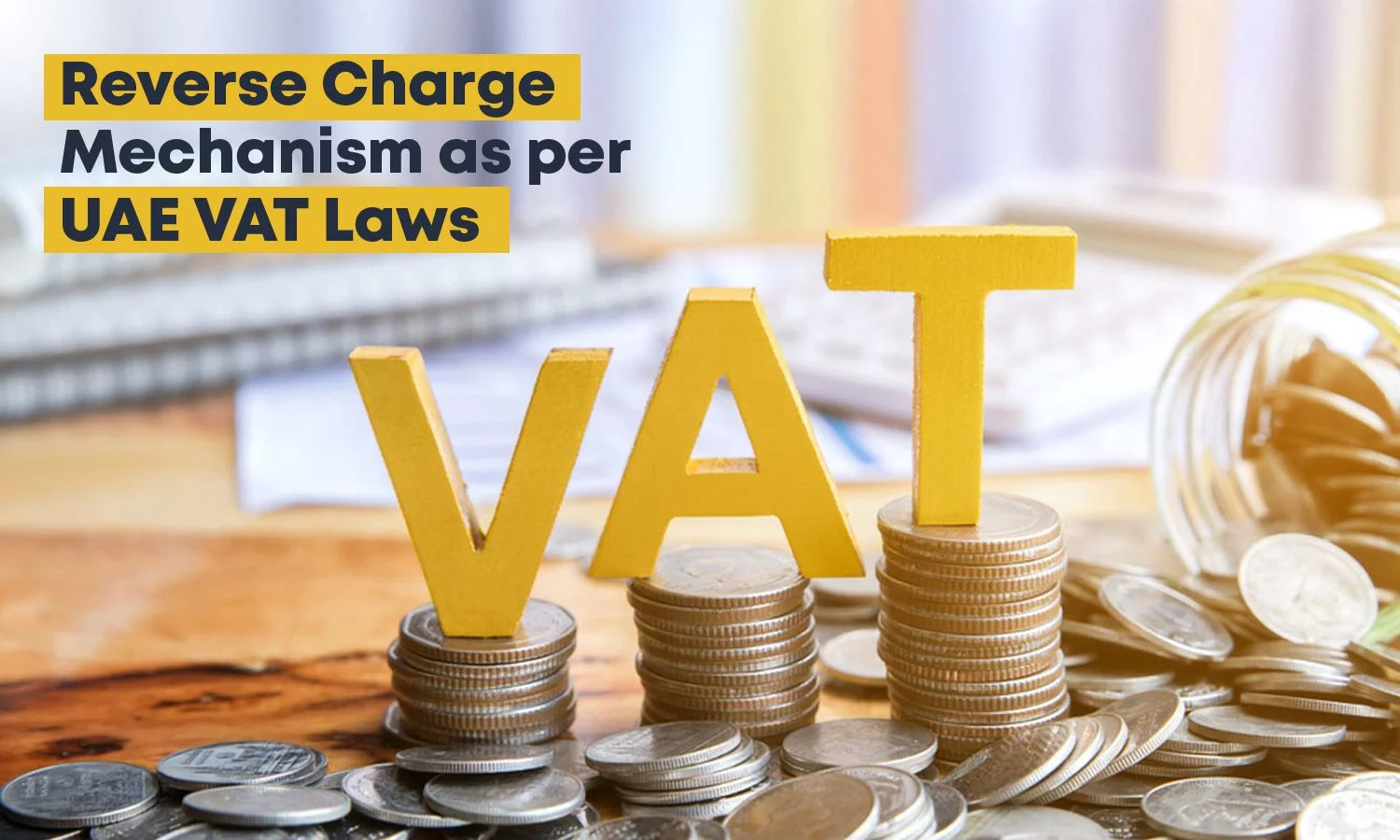Key Takeaways
01
Reverse Charge Mechanism is the modality whereby the responsibility to settle the payment of the value-added tax is transferred from the supplier to the buyer, thereby only a few of the UAE businesses that registered under VAT, etc. are significantly affected since they engage in cross-border transactions and carry out designated supplies.
02
According to UAE VAT law, businesses need to correctly record and report their output and input VAT for reverse charge transactions, and thus they need to carry out account management and account reconciliation properly to meet all compliance requirements.
03
The process is a concrete example and is about trading beyond borders and trade zones, high-value goods, and certain goods where the specifics of what the commodity was need to be taken into account.
04
Introducing the RCM is one of the most effective ways that the government can use for VAT mobilization, fraud control, and facilitating the free flow of funds for those firms in the challenging event of dealing with foreign traders.
05
The companies must abide by the rules of the Federal Tax Authority in terms of submitting the VAT return, documentation, filing, etc., and the executive regulations of the UAE’s VAT.


